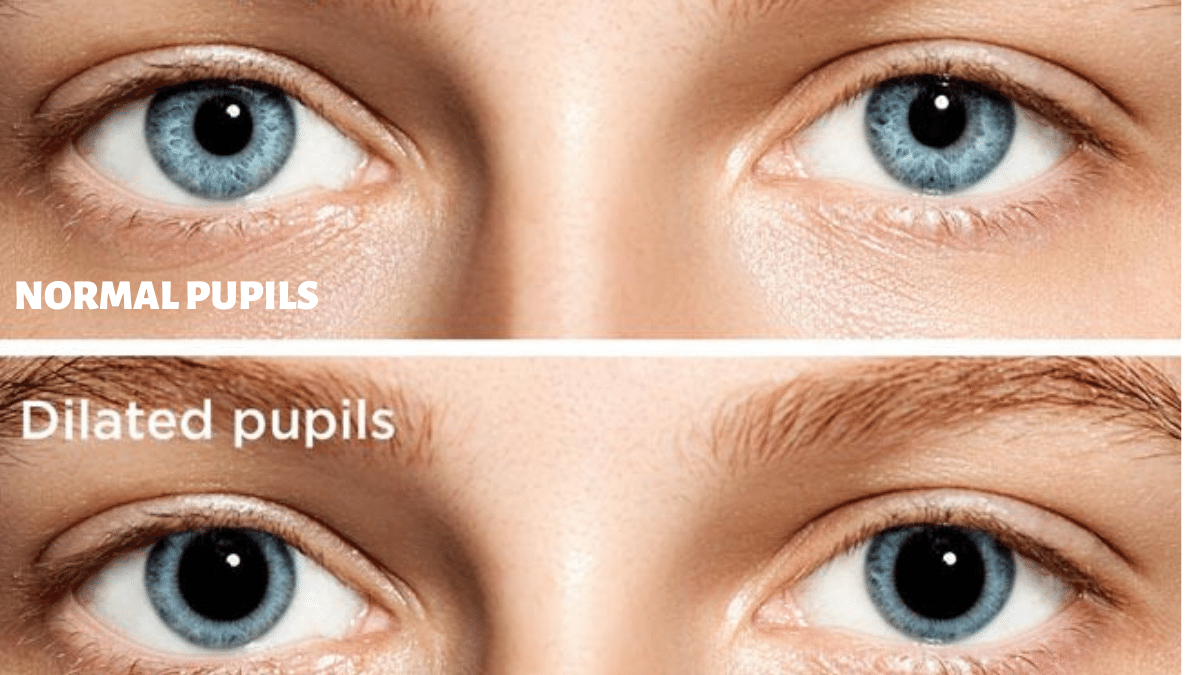
there is no RAPD) the pupils of both eyes constrictĮqually regardless of which eye is stimulated by the light (Figure 2).


NOTE: If the glaucomatous damage is equal in the two eyes, there will be no RAPD, visual fields) are not possible,ĭetecting a RAPD can be very useful as it indicates that there is more optic nerveĭamage in one eye than in the other, even if the visual acuity in both eyes is equal. In glaucoma, if other tests of visual function (e.g. Indeed, the test can be used to assess the health of the retinaĪnd optic nerve behind a dense cataract, for example. If the light used is sufficiently bright, evenĪ dense cataract or corneal scar will not give a RAPD as long as the retina and optic The light reflex pathway showing the afferent path (red) and the efferect path (blue)Ī positive RAPD means there are differences between the two eyes in the afferent pathwayĭue to retinal or optic nerve disease. (the oculomotor nerve), causing both pupils to constrict, even even though only one Mid-brain back to both pupils via the ciliary ganglion and the third cranial nerve The efferent part of the pathway (blue) is the impulse/message that is sent from the The pupil to the brain along the optic nerve when a light is shone in that eye. The afferent part of the pathway (red) refers to the nerve impulse/message sent from To understand how the pupils react to light, it is important to understand the light Is taken away, the pupils of both eyes enlarge equally.

Into one eye leads to an equal constriction of both pupils. The pupils in the right and left eyes are linked. The physiological basis of the RAPD test is that, in healthy eyes, the reaction of The test can be very useful for detecting unilateral orĪsymmetrical disease of the retina or optic nerve (but only optic nerve disease that The ‘swinging light test’ is used to detect a relative afferent pupil defect (RAPD):Ī means of detecting differences between the two eyes in how they respond to a light


 0 kommentar(er)
0 kommentar(er)
